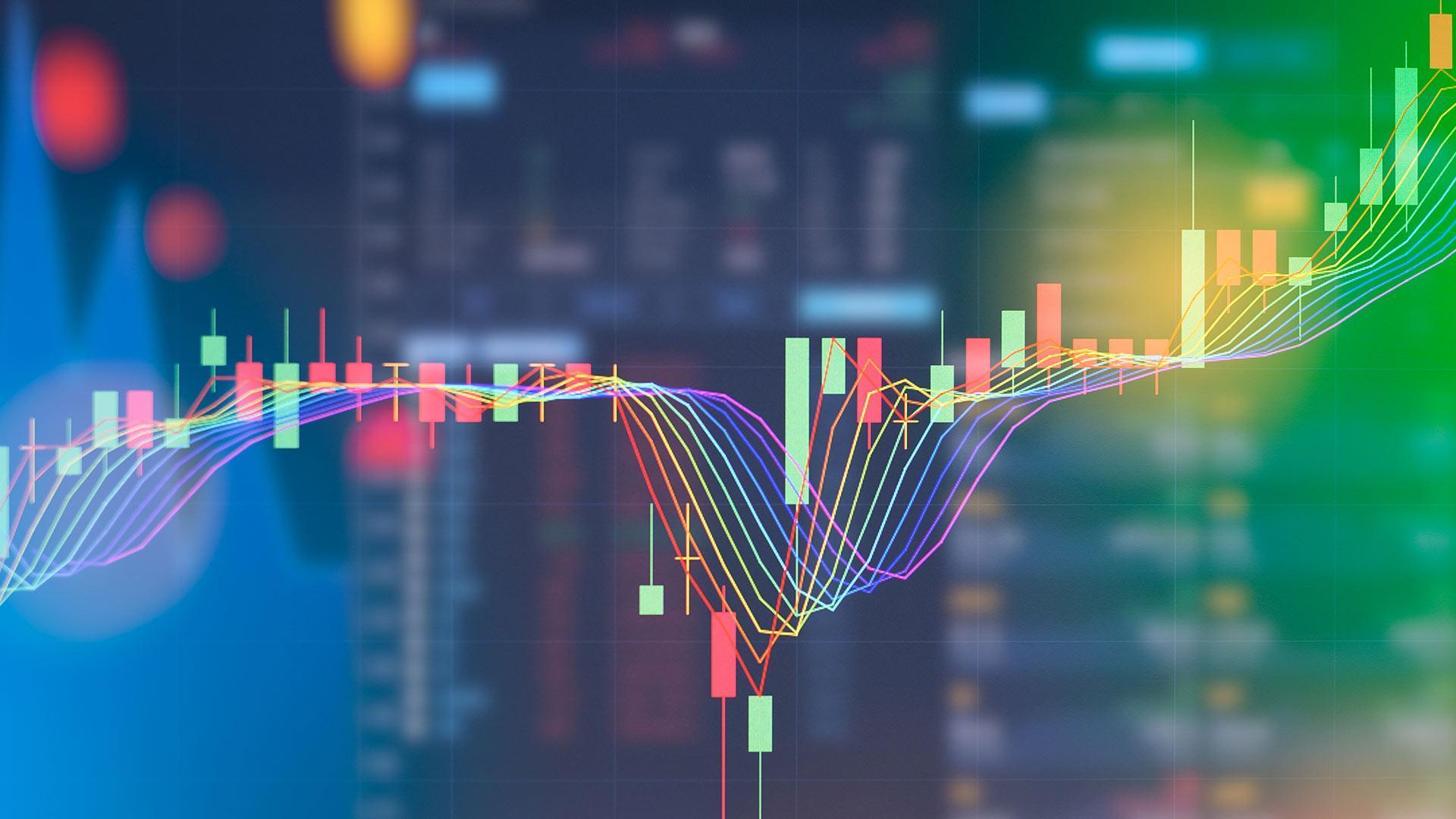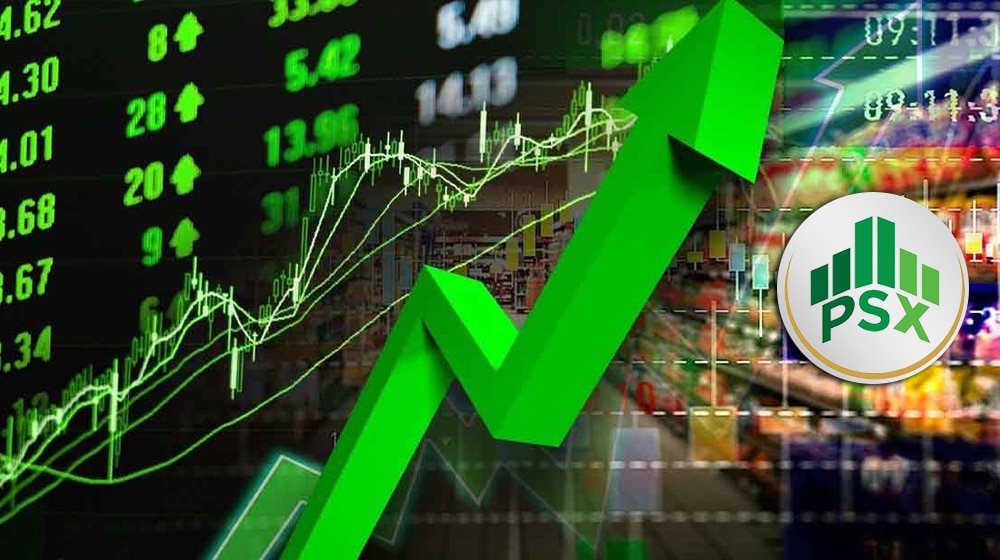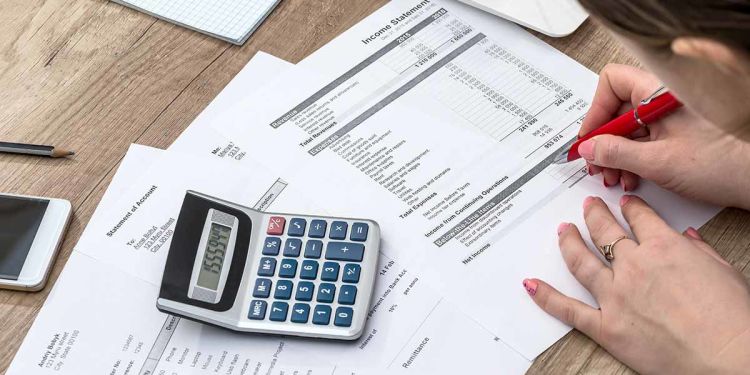
Economic forecasting is a crucial practice that helps governments, businesses, and financial institutions predict future economic conditions. Through the use of various models, tools, and data analysis techniques, economists attempt to estimate key indicators like GDP growth, inflation rates, unemployment figures, and market trends. By doing so, economic forecasting allows for better decision-making, planning, and risk management. This article explores the importance of economic forecasting, the methods employed, its challenges, and the potential benefits for different sectors.
What is Economic Forecasting?
Economic forecasting refers to the process of predicting future economic outcomes based on historical data, current trends, and statistical models. The goal is to provide decision-makers with insights into potential future scenarios, helping them prepare for economic fluctuations and capitalize on emerging opportunities. Forecasting is not about predicting the future with absolute certainty, but rather about identifying potential risks and trends to enable more informed choices.
Why is Economic Forecasting Important?
Economic forecasting plays a vital role in shaping policy and strategy at both the governmental and organizational levels. Some key reasons why economic forecasting is essential include:
- Policy Formulation: Governments use economic forecasts to develop fiscal and monetary policies. For instance, predictions about inflation and employment rates can inform decisions on interest rates, taxation, and public spending.
- Business Strategy: Companies rely on economic forecasts to adjust their operations. For example, if a forecast predicts an economic downturn, businesses may tighten their budgets, delay investments, or reconsider staffing levels.
- Investment Planning: Investors use economic forecasts to make decisions about asset allocation and risk management. For example, knowledge of projected GDP growth or inflation can help investors determine whether to invest in stocks, bonds, or commodities.
- Risk Management: Forecasting helps identify potential economic shocks or disruptions. For example, understanding how external events like oil price fluctuations or geopolitical tensions could affect the global economy enables organizations to plan for worst-case scenarios.
Methods of Economic Forecasting
Several methods are employed by economists to make predictions about the future state of the economy. These methods range from simple statistical models to complex computational approaches. Below are some of the primary methods used in economic forecasting:
- Qualitative Forecasting: This method relies on expert opinions and judgment rather than purely numerical data. It is often used when there is little historical data or when the future is highly uncertain. Experts provide insights based on their experience, knowledge of the industry, and understanding of economic variables.
- Time Series Analysis: One of the most commonly used approaches, time series analysis involves using historical data to forecast future trends. By examining past patterns, such as quarterly GDP growth or monthly unemployment rates, economists create models to predict future behavior. Common techniques used in time series analysis include moving averages and autoregressive integrated moving average (ARIMA) models.
- Econometric Models: These are statistical models that use historical data to identify relationships between economic variables. Economists use these models to estimate the future behavior of one variable based on the values of others. For example, an econometric model might predict the impact of interest rates on inflation. These models are more sophisticated and require advanced mathematical and statistical techniques.
- Leading Indicators: These are economic variables that tend to change before the overall economy does. By analyzing leading indicators, economists can anticipate shifts in economic activity. For example, a rise in stock market prices or an increase in consumer confidence may signal future economic expansion.
- Scenario Analysis: This approach involves developing multiple plausible future scenarios based on different assumptions about key variables. For example, an economist might model three scenarios based on optimistic, neutral, and pessimistic assumptions regarding economic growth, inflation, and geopolitical risks.
Challenges in Economic Forecasting
Despite its importance, economic forecasting is far from perfect. Several challenges hinder its accuracy and reliability:
- Data Limitations: Reliable forecasting requires high-quality data, but data availability and accuracy can be limited. Incomplete or inaccurate data can lead to incorrect predictions and poor decision-making.
- Uncertainty: The future is inherently uncertain. Unexpected events such as natural disasters, political upheavals, or technological innovations can disrupt even the most well-developed forecasts. For instance, the COVID-19 pandemic led to an unforeseen economic crisis, throwing many predictions off-track.
- Model Assumptions: Most forecasting models rely on assumptions about how the economy functions. These assumptions may not always hold true, particularly in rapidly changing economic environments.
- Complex Interdependencies: The economy is a complex system with many interdependent variables. Forecasting models can struggle to account for all the factors that influence economic outcomes. Even small changes in one variable can have cascading effects across the economy.
- Human Behavior: Economic models are built on the assumption that human behavior will follow predictable patterns, but this is not always the case. Consumer sentiment, business confidence, and political decisions can sometimes defy expectations, making forecasting difficult.
Benefits of Economic Forecasting
Despite the challenges, the benefits of economic forecasting are significant. When used effectively, it can provide a competitive advantage and enhance decision-making:
- Informed Decision-Making: Forecasting equips businesses, governments, and investors with the information they need to make sound decisions. By understanding future trends, they can proactively respond to changes in the economy rather than react to them after the fact.
- Resource Allocation: For businesses and governments, economic forecasts provide insights into where resources should be allocated. In a period of growth, for example, companies may focus on expansion, while during a downturn, they may prioritize cost-cutting measures.
- Long-Term Planning: Economic forecasting helps institutions plan for the long term. Governments use it to set fiscal budgets, businesses use it to map out growth strategies, and investors use it to anticipate market shifts.
- Global Perspective: In an increasingly interconnected global economy, economic forecasts offer a broader view of international trade, currency movements, and geopolitical risks. This is particularly valuable for multinational organizations that need to navigate complex global markets.
Conclusion
Economic forecasting is an invaluable tool for decision-makers across various sectors. While it is not without its limitations, the practice helps anticipate economic trends, minimize risks, and plan for future opportunities. As new technologies and methodologies emerge, economic forecasting will continue to evolve, providing more accurate and timely insights into the dynamics of the global economy. By leveraging economic forecasts, governments, businesses, and investors can better navigate uncertainty and make decisions that drive long-term success.






